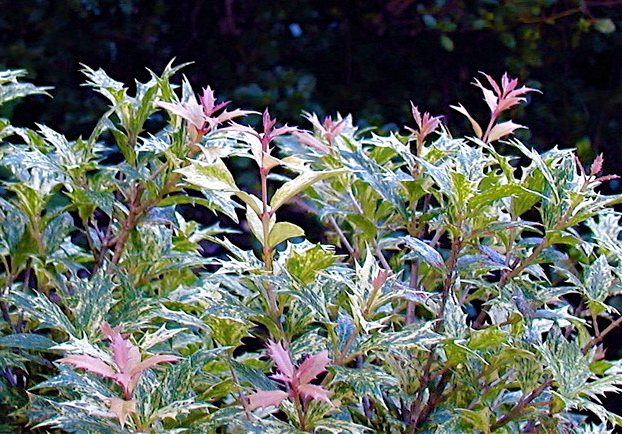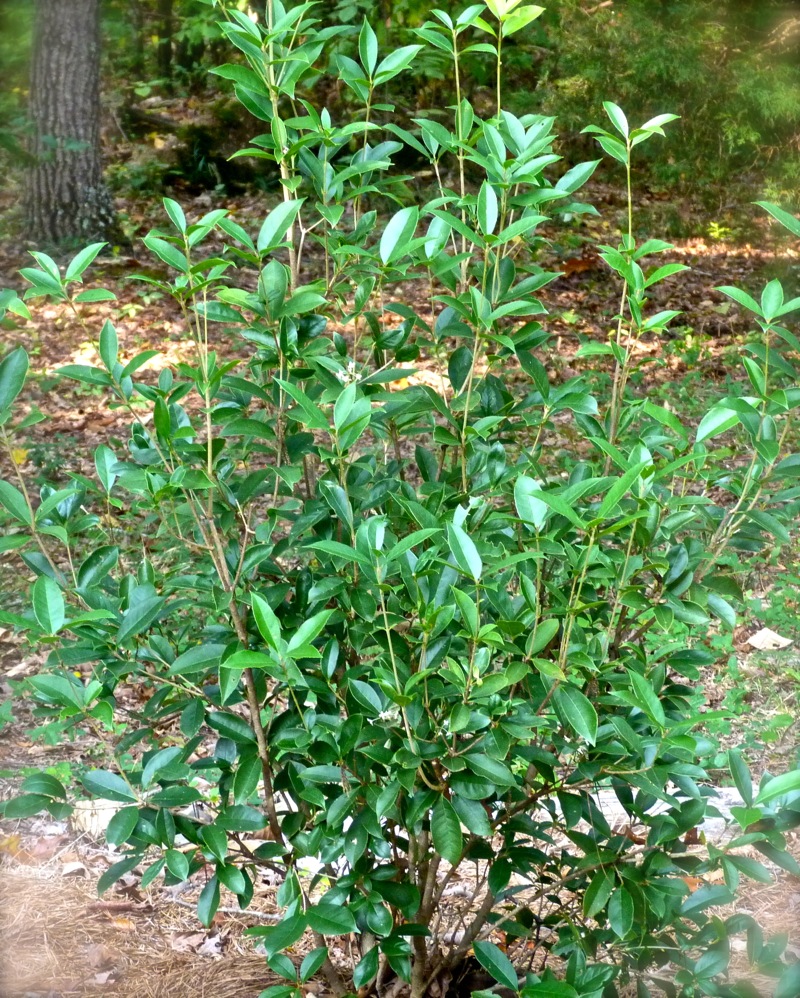Autumn Report: Japanese Maples and Other Scenes Around the Garden
 Saturday, November 16, 2019 at 5:00AM
Saturday, November 16, 2019 at 5:00AM We gardeners are so tuned to the weather; it seems I begin every post with a weather report! But I have to say: After summer gripped us with its infernal fingers through September and into October, autumn hardly had a chance to flaunt its colors before frigid winter grabbed hold. Poor autumn. Shaken and frozen, its withered leaves are fluttering to the ground.
But we have had some glorious days. Recently I took photos as afternoon sun glimmered through the golden leaves of Hickory and Redbud (Cercis) trees and ignited Japanese maples and other plants with fiery sparks of red and orange. Because of the previous drought and then our sudden hard freeze, I am not sure how much more color we will get, but I appreciate the beauty of the moment:
The colors are more muted this year. Many leaves have crispy edges left over from our late summer drought, but they are still lovely. 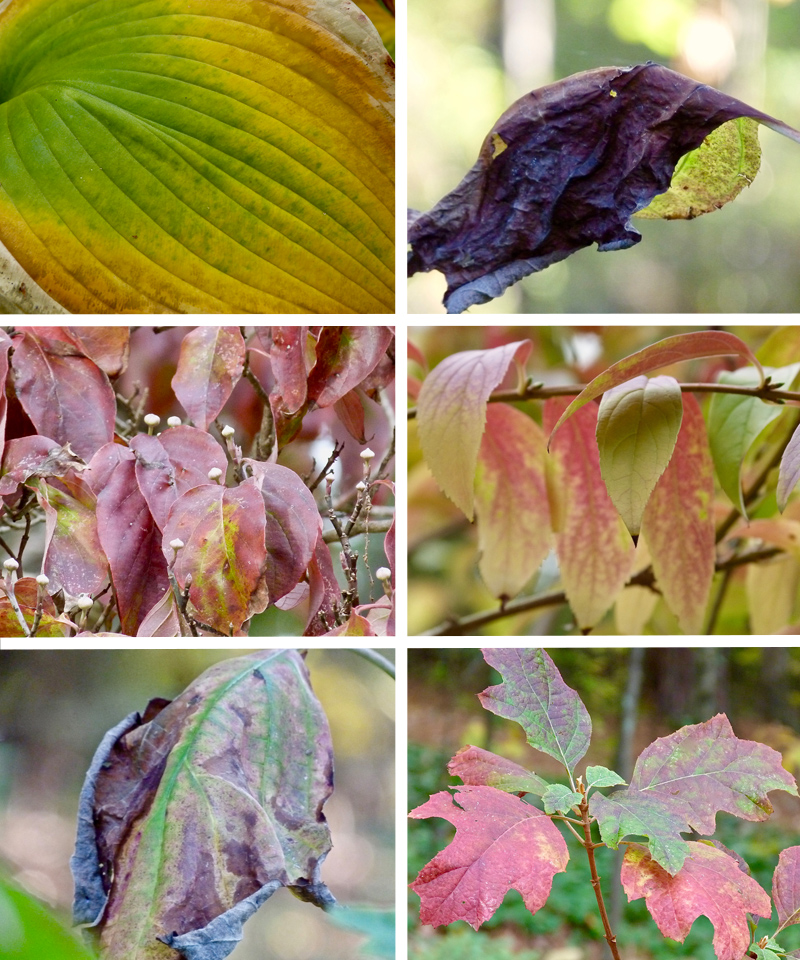
The color of 'Feelin'Blue' Deodar Cedar is always striking, but the blue hue intensifies as cooler weather arrives: 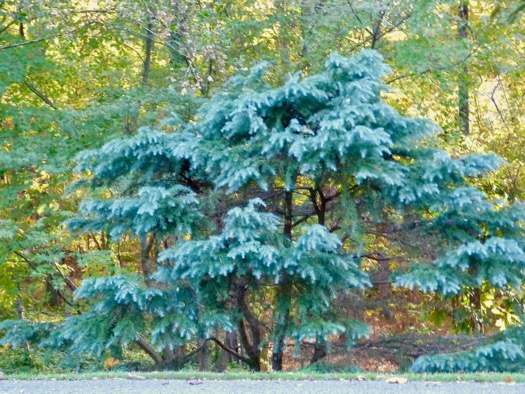
I like the following combination of plants in the woodland garden. Starting in the foreground: evergreen Goshiki Osmanthus, also called variegated false holly; Variegated Solomon's Seal, buttery yellow as it goes dormant; Variegated Japanese Pittosporum, another evergreen; and the deep green 'Gunsmoke' Camellia. (Do you get the sense that I love variegated plants?)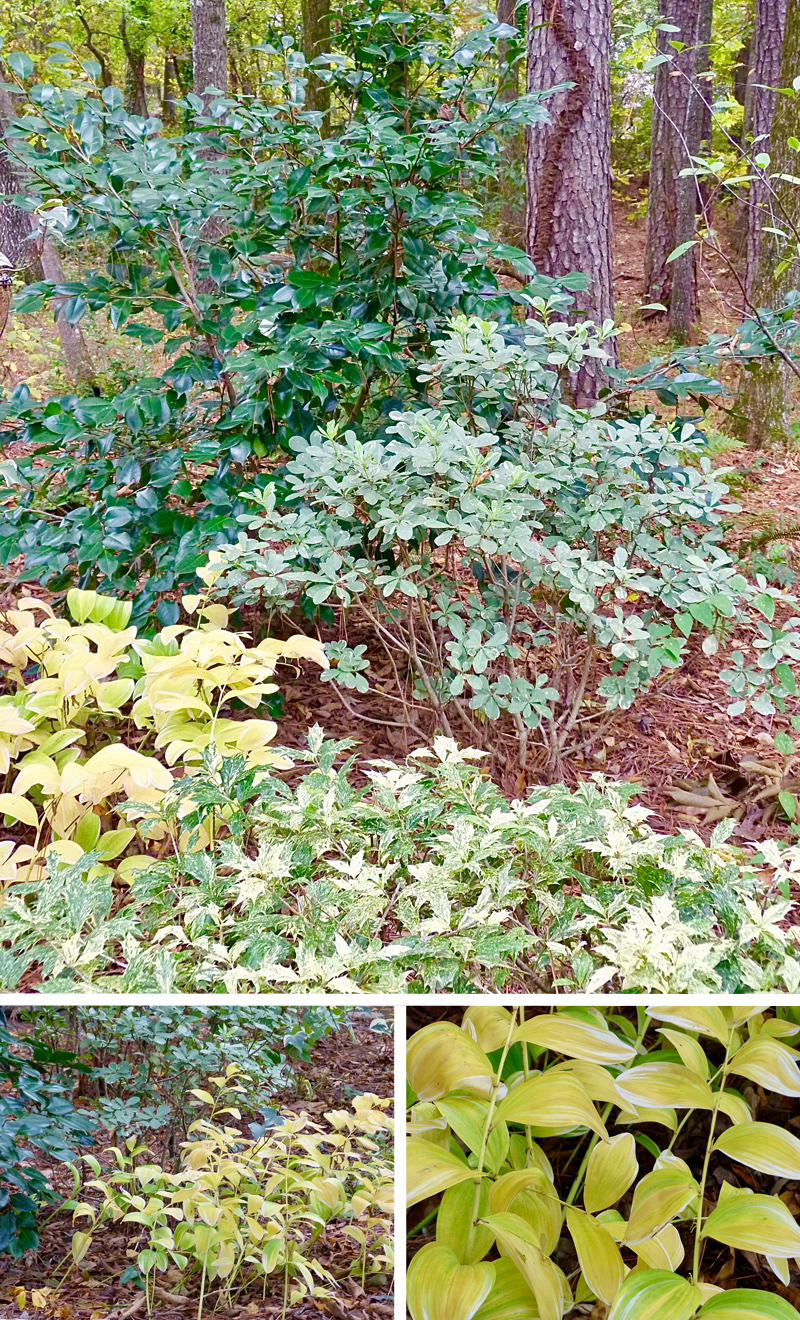
Acers, especially Japanese maples, provide many of the fall colors in my garden: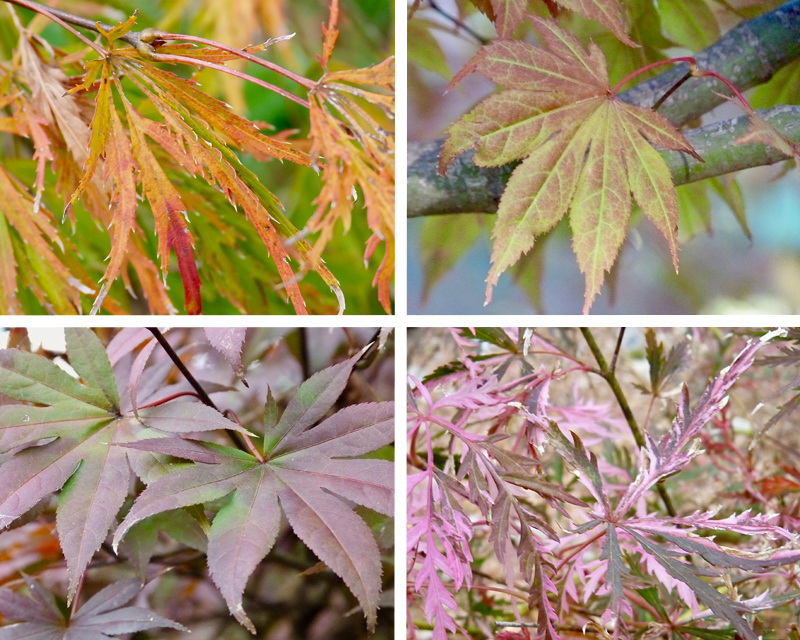 Clockwise from top left: 'Viridis'; Unnamed, grown from a seedling of 'Bloodgood'; 'Hana Matoi'; 'Bloodgood'.
Clockwise from top left: 'Viridis'; Unnamed, grown from a seedling of 'Bloodgood'; 'Hana Matoi'; 'Bloodgood'.
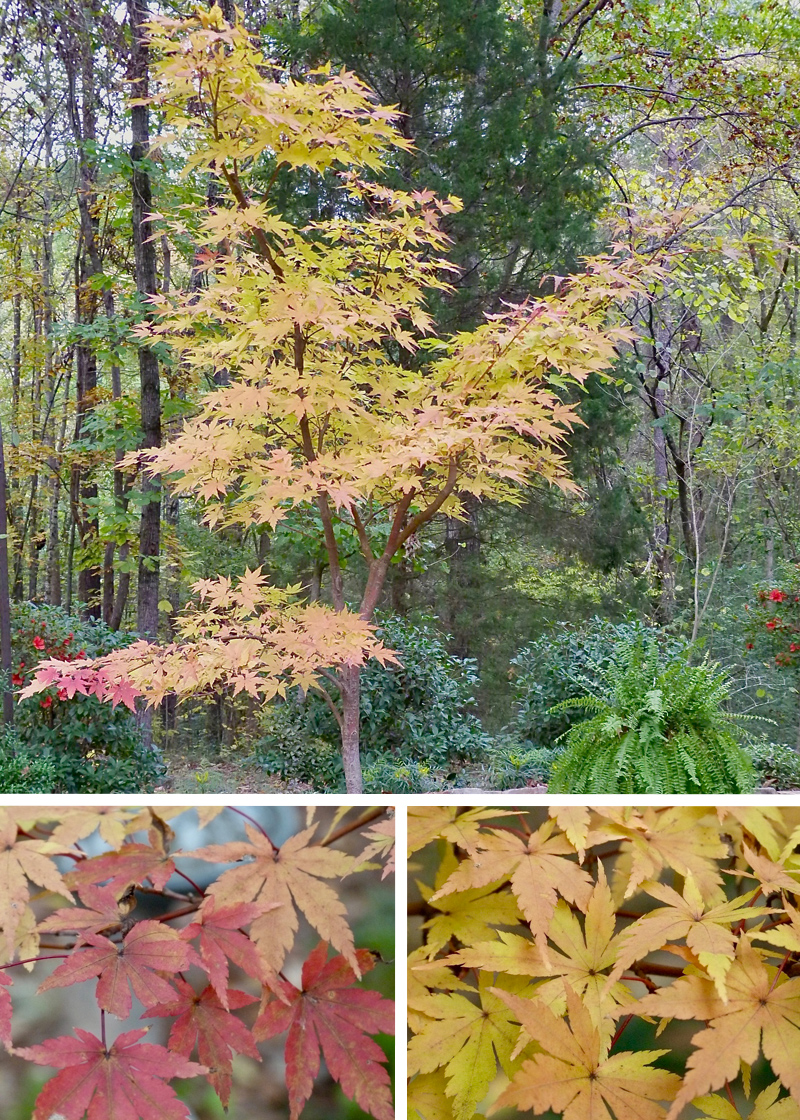 These are all shots of 'Sango Kaku', also known as Coral Bark Japanese maple. The stems will turn deep red as winter progresses.The following is another beautiful Japanese maple that started out as an unnamed seeding. It was eight inches tall when I planted it in 1990. The leaves are just turning in this photo, and they should become deep burgundy before they fall.
These are all shots of 'Sango Kaku', also known as Coral Bark Japanese maple. The stems will turn deep red as winter progresses.The following is another beautiful Japanese maple that started out as an unnamed seeding. It was eight inches tall when I planted it in 1990. The leaves are just turning in this photo, and they should become deep burgundy before they fall.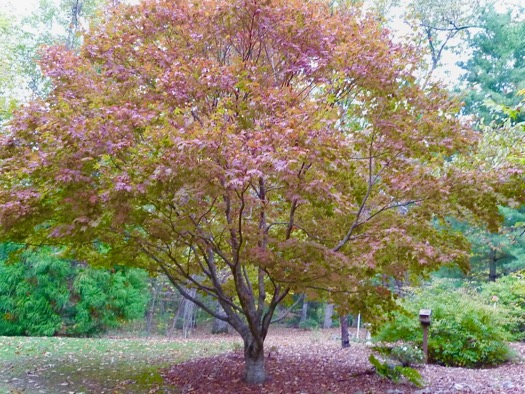
Acer japonicum 'Aconitifolium' has multi-hued fall foliage. These leaves are all from the same tree:
Here are a few more scenes around the garden, including a photo of Lou, who often calls himself my "yard man." The leaf scoops are helpful when raking piles of leaves that accumulate quickly throughout our wooded garden. The ivy is Hedera Helix 'Variegata', an evergreen, hardy ivy I grow in a hanging basket. The lovely plant with the red berries is the unfortunate, highly invasive (in my area) Nandina domestica. I have removed hundreds of these from the garden, and there are new ones every year:
As we approach the holiday season, may you all be blessed by gardens and other beautiful things. Deb
 Acer japonicum 'Aconitifolium',
Acer japonicum 'Aconitifolium',  Deodar cedar 'Feelin' Blue',
Deodar cedar 'Feelin' Blue',  Hedera helix "Variegata',
Hedera helix "Variegata',  Japanese Pittosporum,
Japanese Pittosporum,  Japanese maple 'Hana Matoi',
Japanese maple 'Hana Matoi',  Japanese maple 'Sango Kaku',
Japanese maple 'Sango Kaku',  Japanese maples,
Japanese maples,  Nandina domestica,
Nandina domestica,  Variegated Solomon's Seal,
Variegated Solomon's Seal,  autumn leaves,
autumn leaves,  fall garden,
fall garden,  variegated osmanthus in
variegated osmanthus in  fall,
fall,  fall garden,
fall garden,  foliage
foliage 
